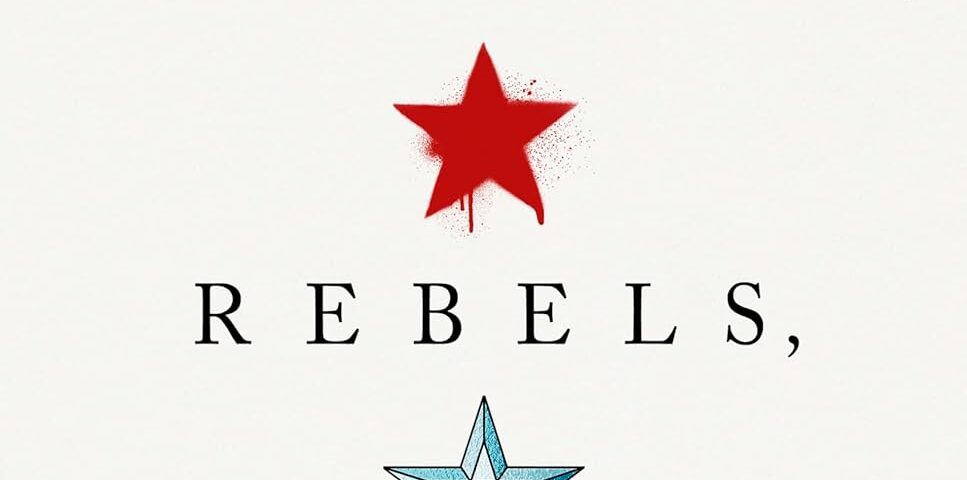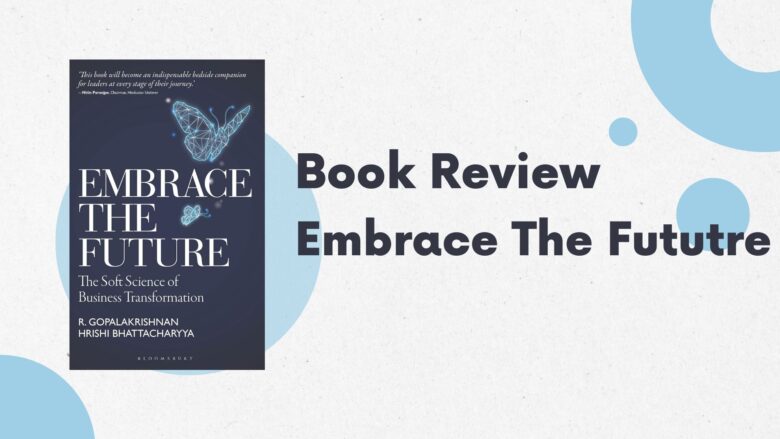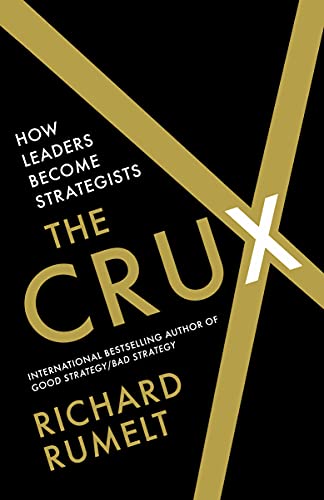Book Review for Business Standard
Book WARRIORS, REBELS, & SAINTS: the art of leadership from Machiavelli to Malcolm X
Author Moshik Temkin
Reviewer R. Gopalakrishnan, Author and Corporate Commentator
Date 15-1-24
A poetic book on prosaic leadership
Ngram shows that the word ‘leadership’ was sparsely used from 1800 till 1900. Thereafter, the usage escalated to now reach a dizzying peak. Likewise with books on leadership. There are so many leadership books that it must be difficult to write something distinctive. Leadership is quite contextual. It is difficult to write with any universal applicability. When I opened the book under review, I thought to myself, “There are so many leadership books, yet the subject is so nebulous.”
Upon reading the book, I found it to be a refreshing read, and I strongly recommend it. Moshim Temkin is a visiting professor at China’s Tsinghua University. His writing on the prosaic subject of leadership is almost poetic. Early on, he poses the question: do leaders make history or does history make leaders? Larger-than-life leaders of today think that they are making history, and create monuments for posterity. The graveyard is full of people who thought they were indispensable and were deeply impactful. The dead may be surprised how their leadership is regarded in history. If at all possible, communicate with the late Jack Welch or Jawaharlal Nehru.
In this book, the author traces the lessons of leadership history in three frequently occurring situations—first, if society faces a crisis and people choose a warrior as their leader; second, if the change agent has little power and a rebel leader is required; third, if the change agent is under a tyrannical regime when a saint leader is appropriate.
Warrior
When Republican Herbert Hoover (think of our own Dr Manmohan Singh) was sworn in as President of USA in 1928, things in America were close to ‘normal’, defining normal as absence of a crisis. Hoover was an educated, serious, and well-regarded leader who had every chance of success if things remained normal. But things did not stay normal. The stock market crashed in 1929 and the depression followed in the 1930s, plunging America into a crisis. Hoover was not an assertive President and could not give people the confidence that his government had caught the bull by the horns. People yearned for a leader who could protect their interests and give them hope.
Enter Democrat FD Roosevelt, who was a product of adversity (in his case, polio). He had an image of some dodginess, opportunism and evasiveness. By elections in 1932, people were ready for a change and FDR won handsomely. He toiled like a bundle of energy and set out to devise his now-famous New Deal with huge public expenditures on roads, highways, and infrastructure. He spoke to the people on the hustings and through the new-fangled medium of radio. He often criticized previous leaders for letting down the people and assured the people about his constant fight on their behalf to restore their self-esteem and livelihood.
In the world at that time, several countries were in turmoil. The visible pattern was that parliamentary democracies were somewhat lost (Britain, France, America) while dictatorships (Nazi Germany and Communist Soviet Union) were coping better. In this vortex, what could be the value of liberal democracy to a common person?
Warrior FDR gave common people what they really wanted—self-respect, hope, and symbols of progress. When these important things were available to people, liberalism and democracy seemed too intellectual to be important. In the face of some clashes, the Supreme Court was brought to heel. Critics thought that Roosevelt was becoming authoritarian, but his supporters thought that FDR was, in fact, saving democracy. FDR won a record of four elections. In due course, a two-term Presidency limit was introduced. FDR counts in history among the iconic of all US Presidents.
Rebel
How can one lead in the absence of power? The book describes the suffragette movement of the 19th and 20th century. The idea could progress only when it became a ‘mass movement.’ In a mass movement, of course, there are several stakeholders, each with a different perspective. Such divisiveness and diversity are exploited by the dominant power. In the suffragette movement, while different groups pursued their idiosyncratic agenda, they solidly united on the core issue, viz, to fight the prevalent strongly negative attitude to women. Rebels must unite on their most core aim. Without doubt, I-N-D-I-A has some lessons to learn from the chapter on how to bring change with little power.
Saint
How can one lead against tyranny? The book points out that tyrannical regimes appear to improve the lives of the oppressed in the short term. Recall the two years of India’s emergency. Leadership against tyranny requires the saint. Charles de Gaulle emerged as the saint when he led the resistance movement against the puppet Vichy government in France when the tyrannical Nazis invaded France. Mahatma Gandhi played the saint in India’s independence movement against a tyrannical colonial power. The book describes the tyrannical regime of Rafael Trujillo in the Dominican Republic from 1930 to 1961. Trujillo ran a despotic government but could do so for three decades only due to the support of the USA! Trujillo was assassinated in 1961.
The book also touches upon (i) the effect of too much power, as when America was equipped with the atom bomb, (ii) what happens when super-talented leaders fail at their task as it happened with American leadership during Vietnam. Currently the specter of this possibility is visible with regard to climate change. We think of some leaders as ‘transformational.’ The author points out that it is important to remember that such an image is less concerned with what that leader did. Rather it is about what we think that that leader did! All in all, a book highly recommended.



